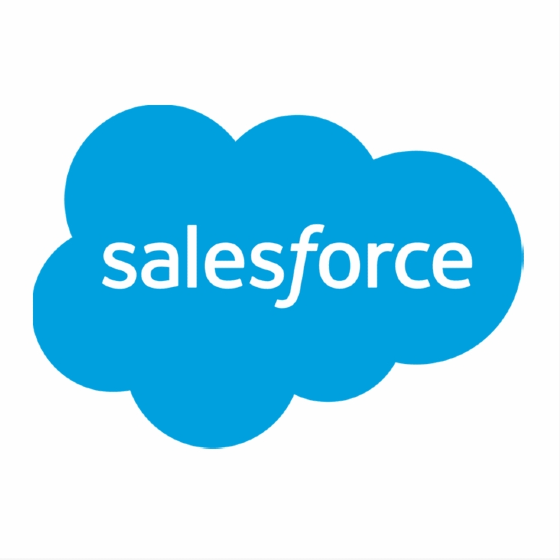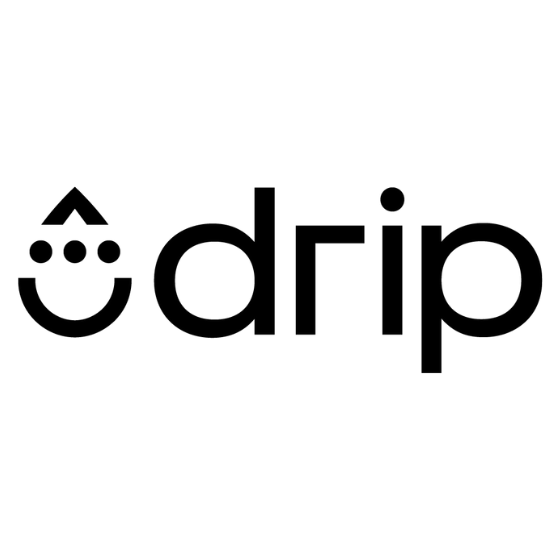Salesforce Marketing Review: Pros, Cons, Features & Pricing
With years of experience navigating marketing automation software, I’ve seen how critical it is to have a system that not only scales but also brings together your data, channels, and strategy in one place. Salesforce Marketing Cloud stands out for its ability to handle complex, high-volume campaigns while delivering deeply personalized experiences across email, mobile, and beyond. It’s particularly well-suited for large enterprises—especially in industries like retail and finance—where customer data is vast and campaign orchestration needs to be precise.
In this review, I’ll walk you through Salesforce Marketing Cloud’s core features, strengths and limitations, ideal use cases, and pricing to help you decide if it’s the right fit for your team.
Salesforce Marketing Evaluation Summary
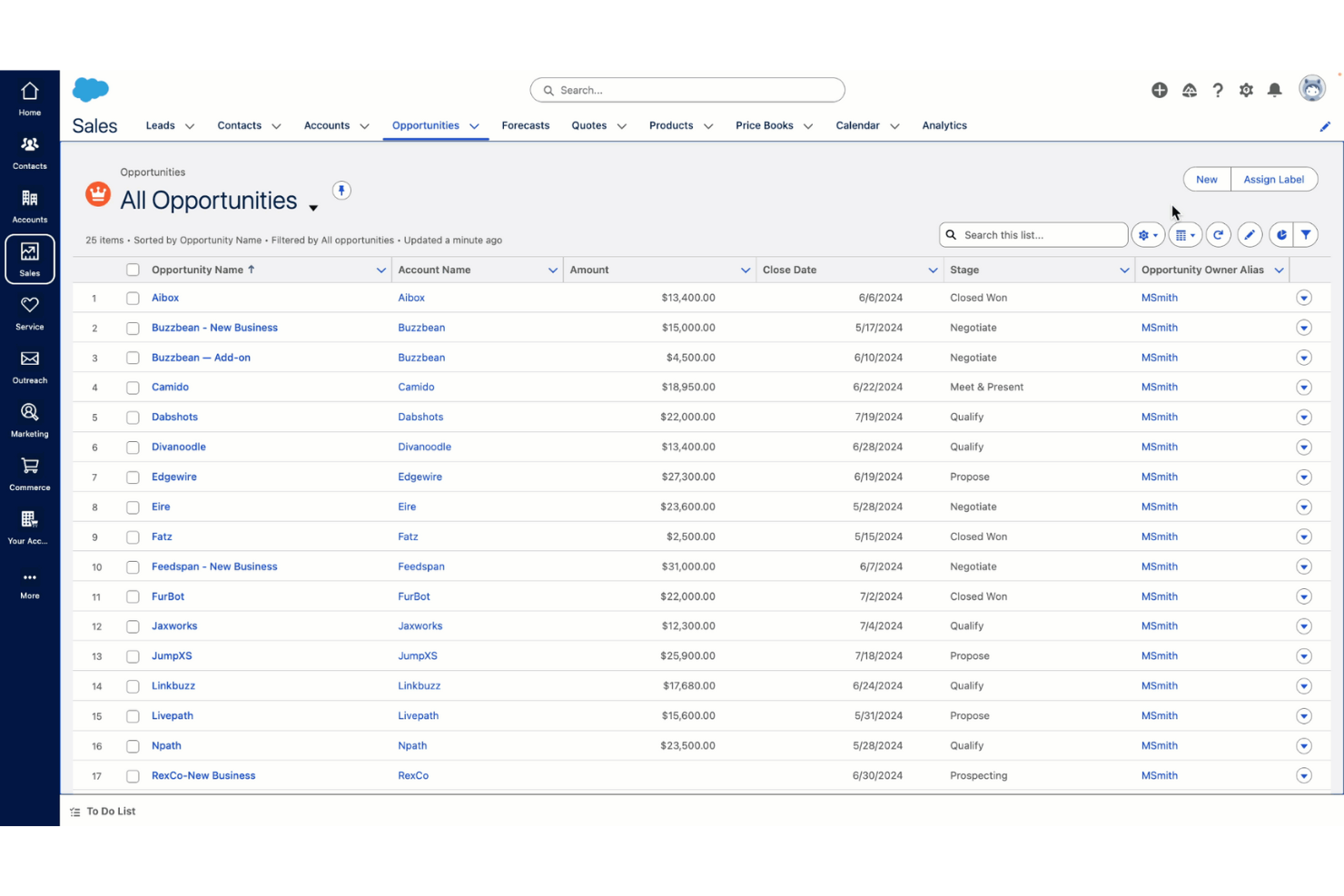
- From $25/user/month
- Free trial available
Why Trust Our Software Reviews
Salesforce Marketing Overview
Salesforce Marketing Cloud equips marketers with the tools to create personalized, data-driven campaigns across channels. With strong CRM integration and AI-powered insights, it helps teams connect customer behavior to business outcomes—making it ideal for complex, high-volume marketing environments.
pros
-
Its customization options let you tailor experiences to fit your business needs.
-
The platform provides strong campaign management tools for your team.
-
It offers advanced analytics that help you make data-driven decisions.
cons
-
Sometimes, the software's performance can be sluggish during peak times.
-
High cost compared to mid-market alternatives.
-
Can feel overly complex for basic marketing needs.
-

Expedite Commerce
Visit Website -

Prisync
Visit WebsiteThis is an aggregated rating for this tool including ratings from Crozdesk users and ratings from other sites.4.7 -

QuickBooks Online
Visit WebsiteThis is an aggregated rating for this tool including ratings from Crozdesk users and ratings from other sites.4
How We Test & Score Tools
We’ve spent years building, refining, and improving our software testing and scoring system. The rubric is designed to capture the nuances of software selection and what makes a tool effective, focusing on critical aspects of the decision-making process.
Below, you can see exactly how our testing and scoring works across seven criteria. It allows us to provide an unbiased evaluation of the software based on core functionality, standout features, ease of use, onboarding, customer support, integrations, customer reviews, and value for money.
Core Functionality (25% of final scoring)
The starting point of our evaluation is always the core functionality of the tool. Does it have the basic features and functions that a user would expect to see? Are any of those core features locked to higher-tiered pricing plans? At its core, we expect a tool to stand up against the baseline capabilities of its competitors.
Standout Features (25% of final scoring)
Next, we evaluate uncommon standout features that go above and beyond the core functionality typically found in tools of its kind. A high score reflects specialized or unique features that make the product faster, more efficient, or offer additional value to the user.
We also evaluate how easy it is to integrate with other tools typically found in the tech stack to expand the functionality and utility of the software. Tools offering plentiful native integrations, 3rd party connections, and API access to build custom integrations score best.
Ease of Use (10% of final scoring)
We consider how quick and easy it is to execute the tasks defined in the core functionality using the tool. High scoring software is well designed, intuitive to use, offers mobile apps, provides templates, and makes relatively complex tasks seem simple.
Onboarding (10% of final scoring)
We know how important rapid team adoption is for a new platform, so we evaluate how easy it is to learn and use a tool with minimal training. We evaluate how quickly a team member can get set up and start using the tool with no experience. High scoring solutions indicate little or no support is required.
Customer Support (10% of final scoring)
We review how quick and easy it is to get unstuck and find help by phone, live chat, or knowledge base. Tools and companies that provide real-time support score best, while chatbots score worst.
Customer Reviews (10% of final scoring)
Beyond our own testing and evaluation, we consider the net promoter score from current and past customers. We review their likelihood, given the option, to choose the tool again for the core functionality. A high scoring software reflects a high net promoter score from current or past customers.
Value for Money (10% of final scoring)
Lastly, in consideration of all the other criteria, we review the average price of entry level plans against the core features and consider the value of the other evaluation criteria. Software that delivers more, for less, will score higher.
Core Features
Email Marketing
Automate your email campaigns with personalized content and scheduling. It helps you engage customers effectively and boost open rates.
Lead Management
Track and manage your leads from capture to conversion. Your team can prioritize and nurture leads with ease.
Campaign Management
Plan, execute, and analyze your marketing campaigns across multiple channels in one place. It streamlines your workflow and enhances team collaboration.
Customer Segmentation
Segment your audience based on behavior, preferences, or demographics. This ensures your marketing efforts are targeted and relevant.
Analytics and Reporting
Get insights into your marketing performance with detailed reports. Data-driven decisions become a breeze for your team.
Social Media Integration
Manage your social media campaigns directly within the platform. It saves you time and keeps your messaging consistent across channels.
CRM Integration
Integrates marketing functions into the broader Salesforce ecosystem, offering a comprehensive view of customer interactions.
A/B Testing
Salesforce's A/B testing is robust, allowing for detailed experimentation to optimize campaign elements.
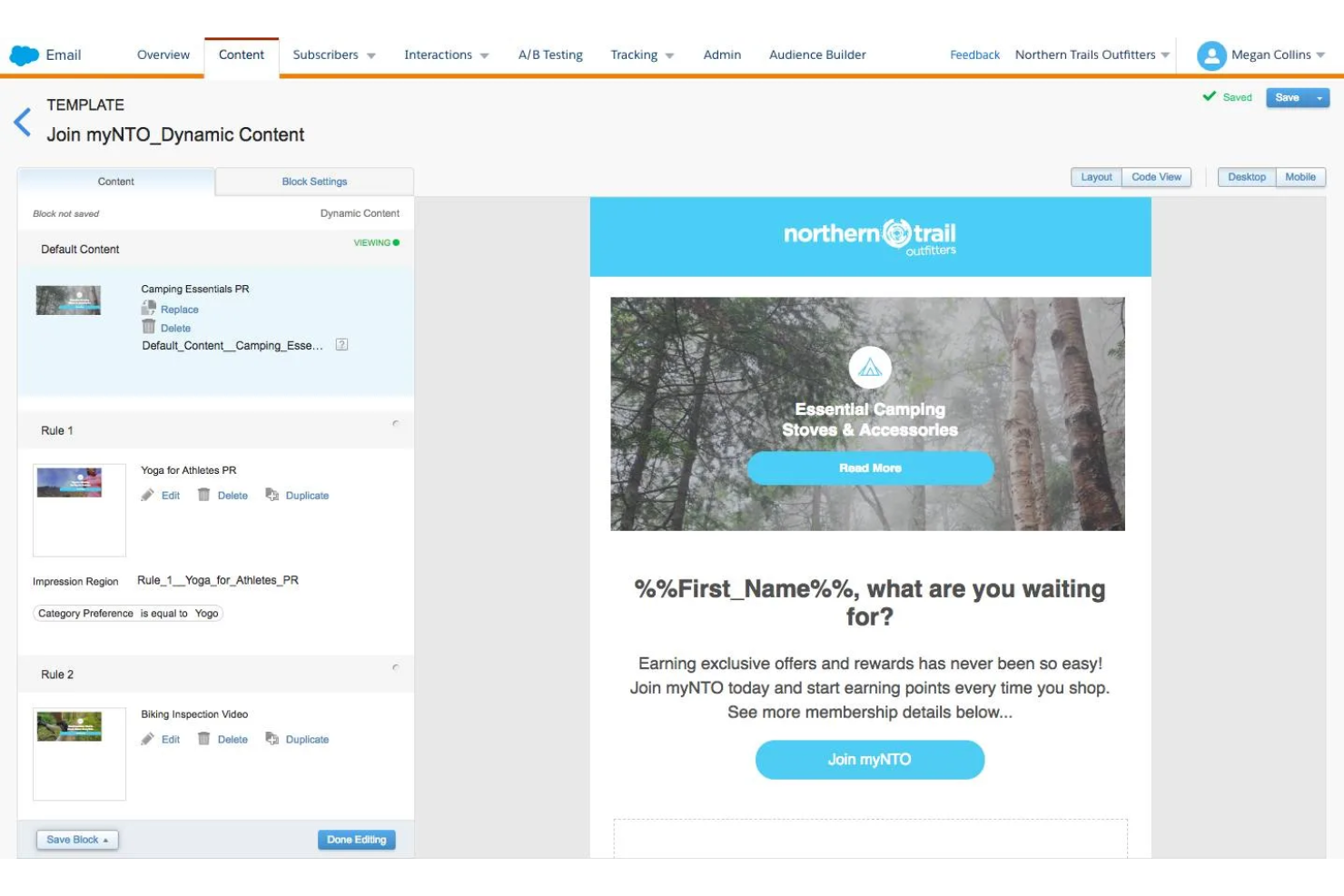
Ease of Use
Salesforce Marketing can be challenging to navigate, especially for new users. Its interface is packed with features that might overwhelm your team at first. However, once you get past the initial learning curve, its powerful tools and comprehensive capabilities become more intuitive. The customization options and automation features can greatly enhance your workflow, but you might need some time to fully leverage them. Patience and practice will pay off in making your marketing efforts more efficient.
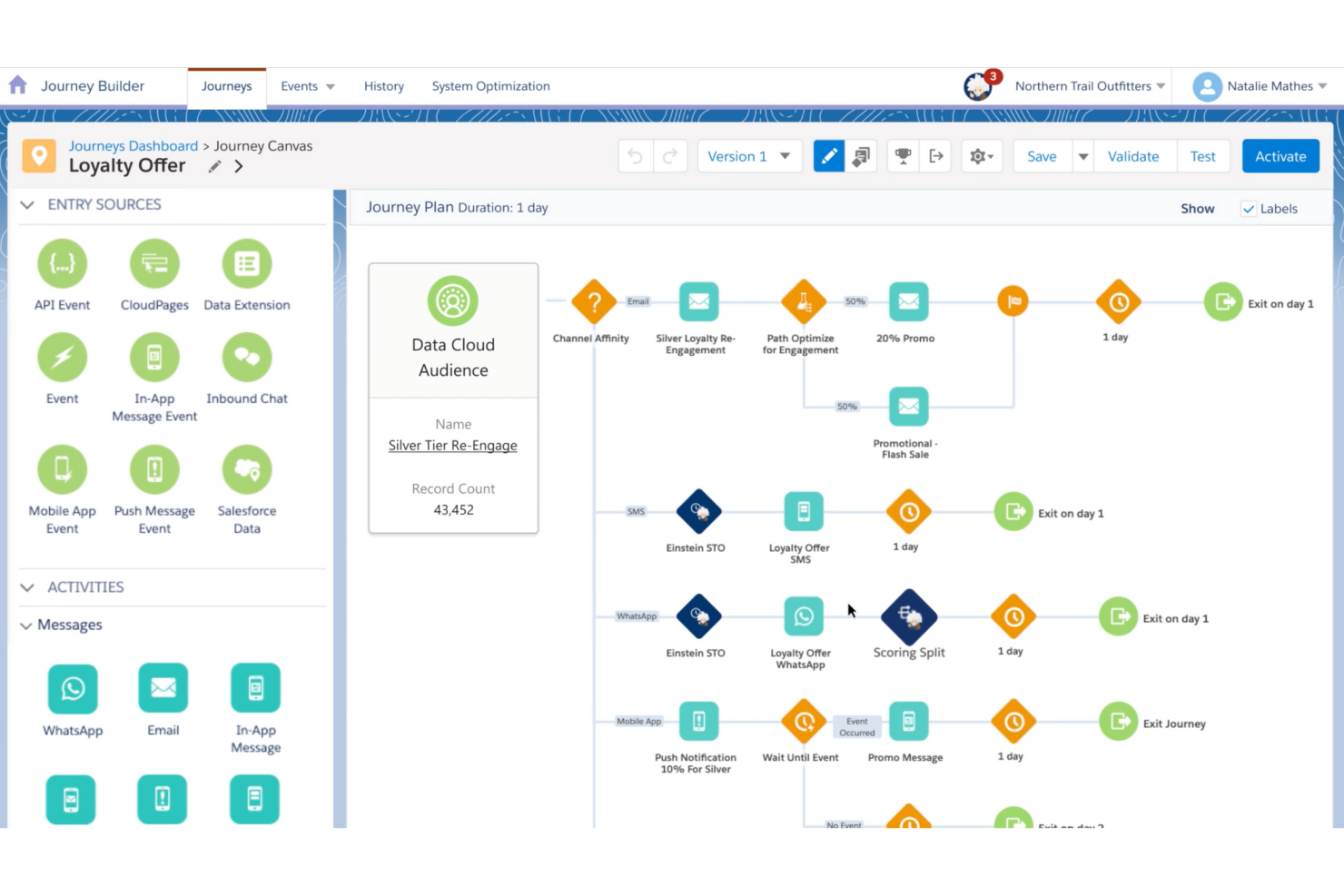
Integrations
Integrations include Google BigQuery, Snowflake, Amazon Redshift, Google Campaign Manager 360, Line Ads, AppsFlyer, OneSignal, Customer.io, BigCommerce, Salesforce Commerce Cloud, Shopify, and MailChimp.
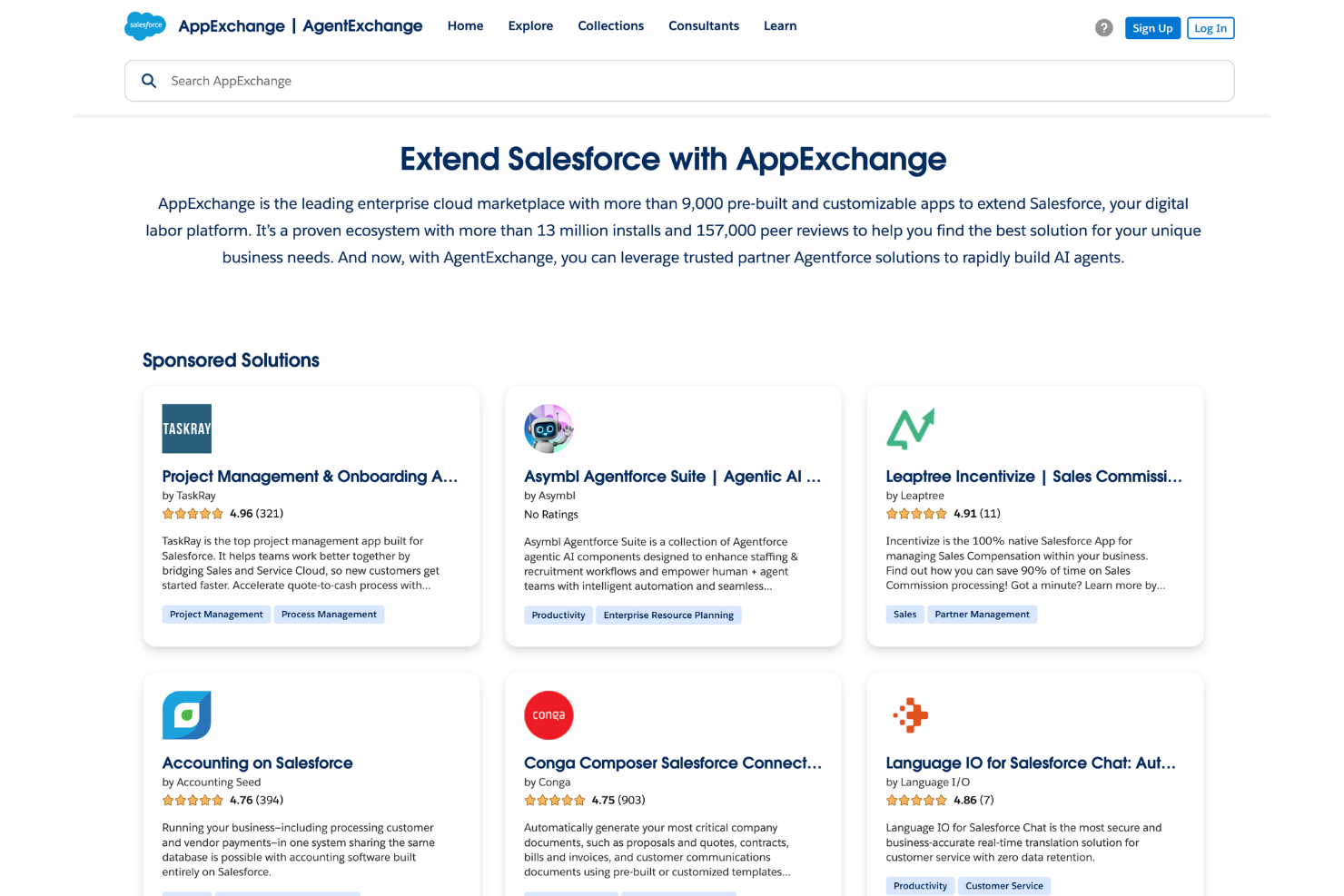
Salesforce Marketing Specs
- A/B Testing
- API
- Audience Targeting
- Brand Management
- Calendar Management
- Campaign Management
- Compliance Tracking
- Contact Management
- Contact Sharing
- Conversion Tracking
- CRM Integration
- Customer Management
- Dashboard
- Data Export
- Data Import
- Data Visualization
- Email Integration
- External Integrations
- Google Apps Integration
- Lead Management
- Lead Scoring
- Link Tracking
- Marketing Automation
- Multi-User
- Notifications
- Scheduling
- Social-Media Integration
- Third-Party Plugins/Add-Ons
Alternatives to Salesforce Marketing
Salesforce Marketing FAQs
What analytics capabilities does Salesforce Marketing offer?
Can Salesforce Marketing integrate with my existing CRM?
Is Salesforce Marketing suitable for small businesses?
Does Salesforce Marketing offer email marketing solutions?
How does Salesforce Marketing handle data security?
Can Salesforce Marketing support my global marketing campaigns?
Is there a mobile app for Salesforce Marketing?
How customizable is Salesforce Marketing for different industries?
What kind of support does Salesforce Marketing offer for new users?
Can I automate customer journeys with Salesforce Marketing?
How does Salesforce Marketing help with lead management?
What's Next?
For other updated advice on the trends in your niche, you can subscribe to The CRO Club newsletter. Enjoy weekly updates from the experts that rev up your revenue operations.

